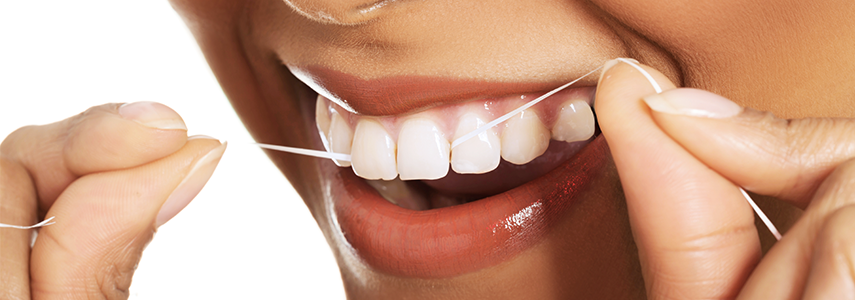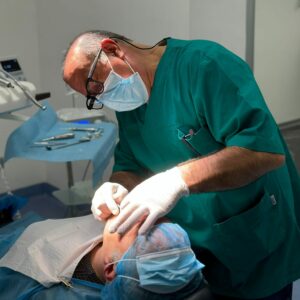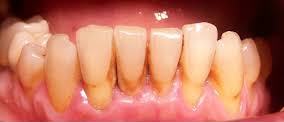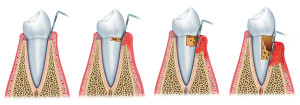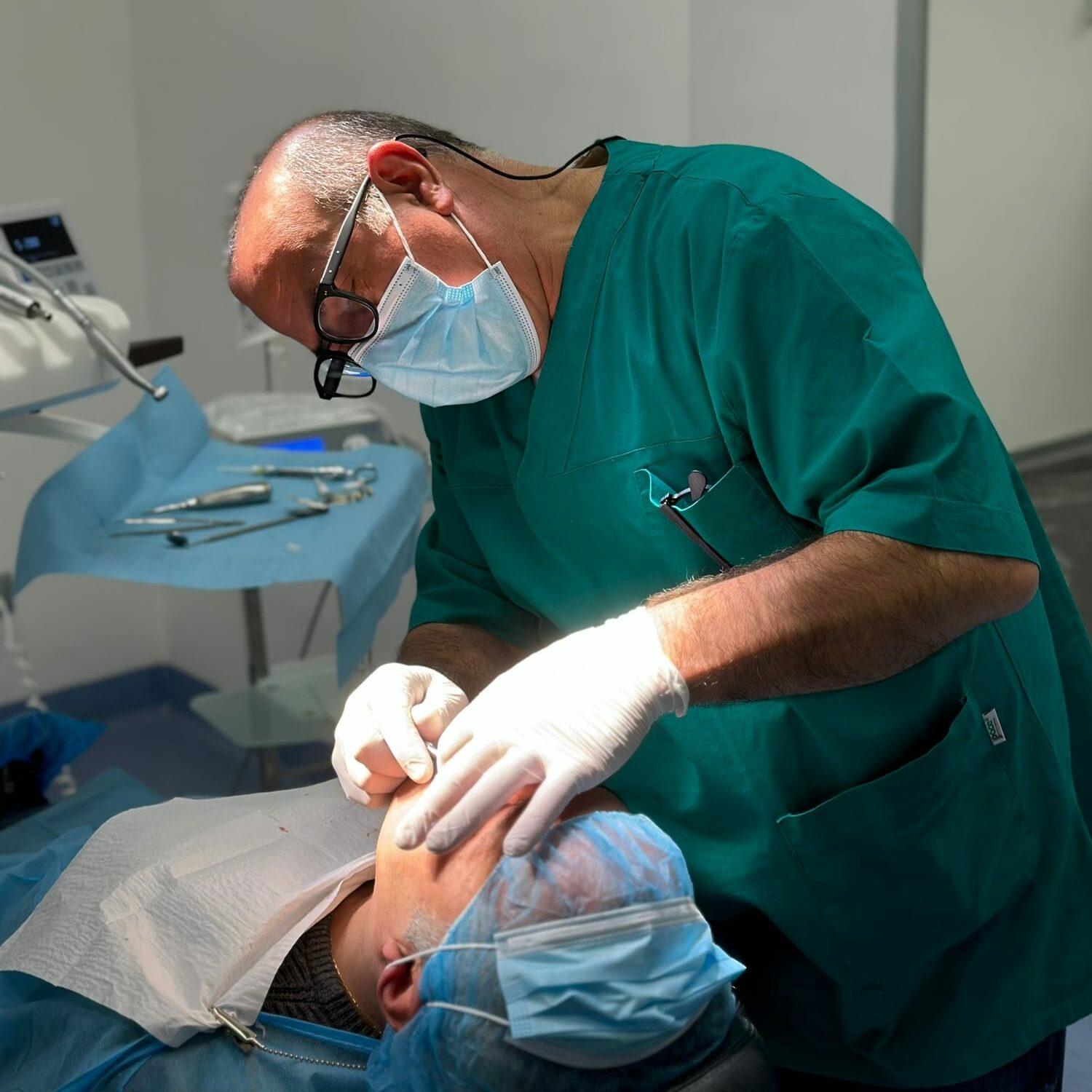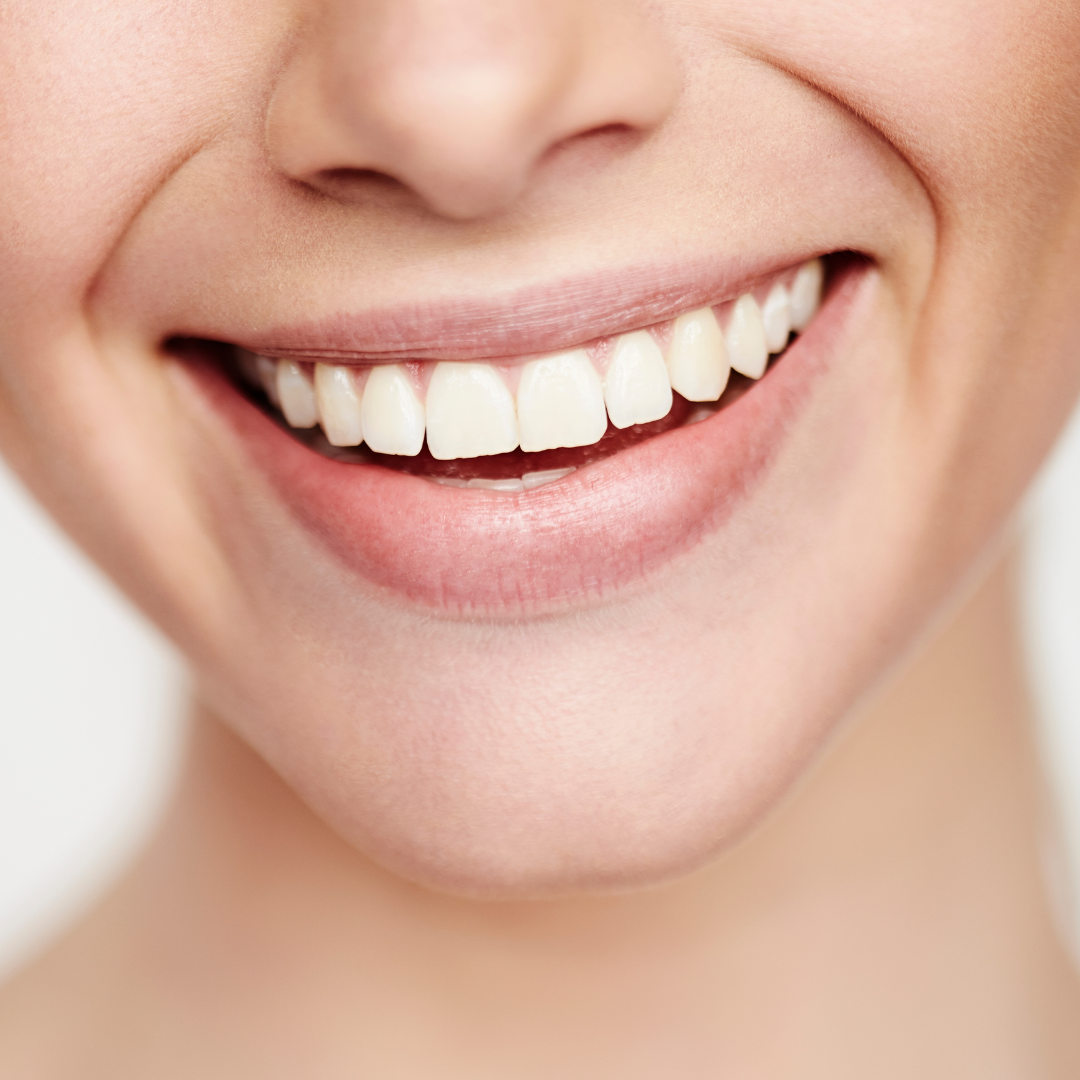In the dental field, prevention is everything: correct oral hygiene and daily interdental cleaning guarantee a lower probability of developing common dental diseases such as caries and periodontitis.
Interdental cleaning tools
The development of periodontal diseases, in particular, is due to the accumulation of plaque and tartar in the interproximal spaces between the teeth, in fact, the use of only the brush, even if daily, does not always guarantee adequate interdental cleaning.
The bristles of common toothbrushes cannot act in the space between one tooth and the other, for this reason it is always recommended to use dental floss or brushes for interdental cleaning.

But which of these tools are actually effective in adequately cleaning the interproximal space between the teeth?
Recent research has been involved in evaluating which are the most effective tools for removing plaque and tartar in the interdental spaces and thus favoring the prevention of caries and periodontal diseases.
Study on the efficacy of interdental oral hygiene devices
The research in question was carried out on the basis of a review of the scientific literature and the results were published in The Cochrane Database of Systematic Reviews.
The clinical cases included in the research are 35, for a total of 3929 patients.
The oral hygiene tools for interdental cleaning considered were:
- manual toothbrush;
- electric toothbrush;
- dental floss;
- interdental brush;
- tooth cleaning stick made of wood or rubber;
- oral water jet.
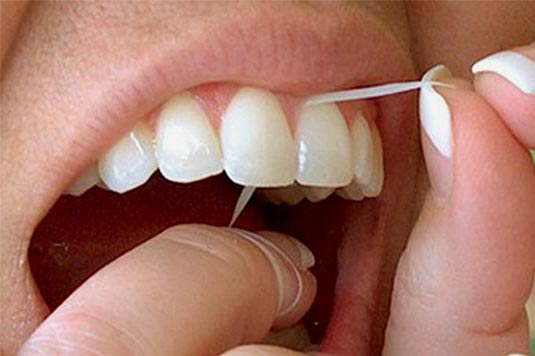
The manual or electric toothbrush was used by all the patients involved in the research; the other interdental cleaning devices were then associated with it.
What is the most effective tool for interdental cleaning?
Below is the evidence that emerged from the analysis of the results.
Dental floss used in conjunction with a manual or electric toothbrush is an excellent tool for the prevention of gingivitis.
Interdental brushes can reduce plaque more than just a toothbrush and can reduce the likelihood of developing gingivitis more than dental floss.
Water flossers, on the other hand, do not seem to reduce the amount of plaque more than just a toothbrush, as does the use of rubber or wooden sticks.
Summing up, therefore, it is possible to state that the constant and daily use of dental floss or interdental brushes, in addition to the manual or electric brush, can reduce plaque in the interdental space and promote the prevention of gingivitis.
The effectiveness of dental floss or interdental brush combined with the toothbrush is greater than using the toothbrush alone.

